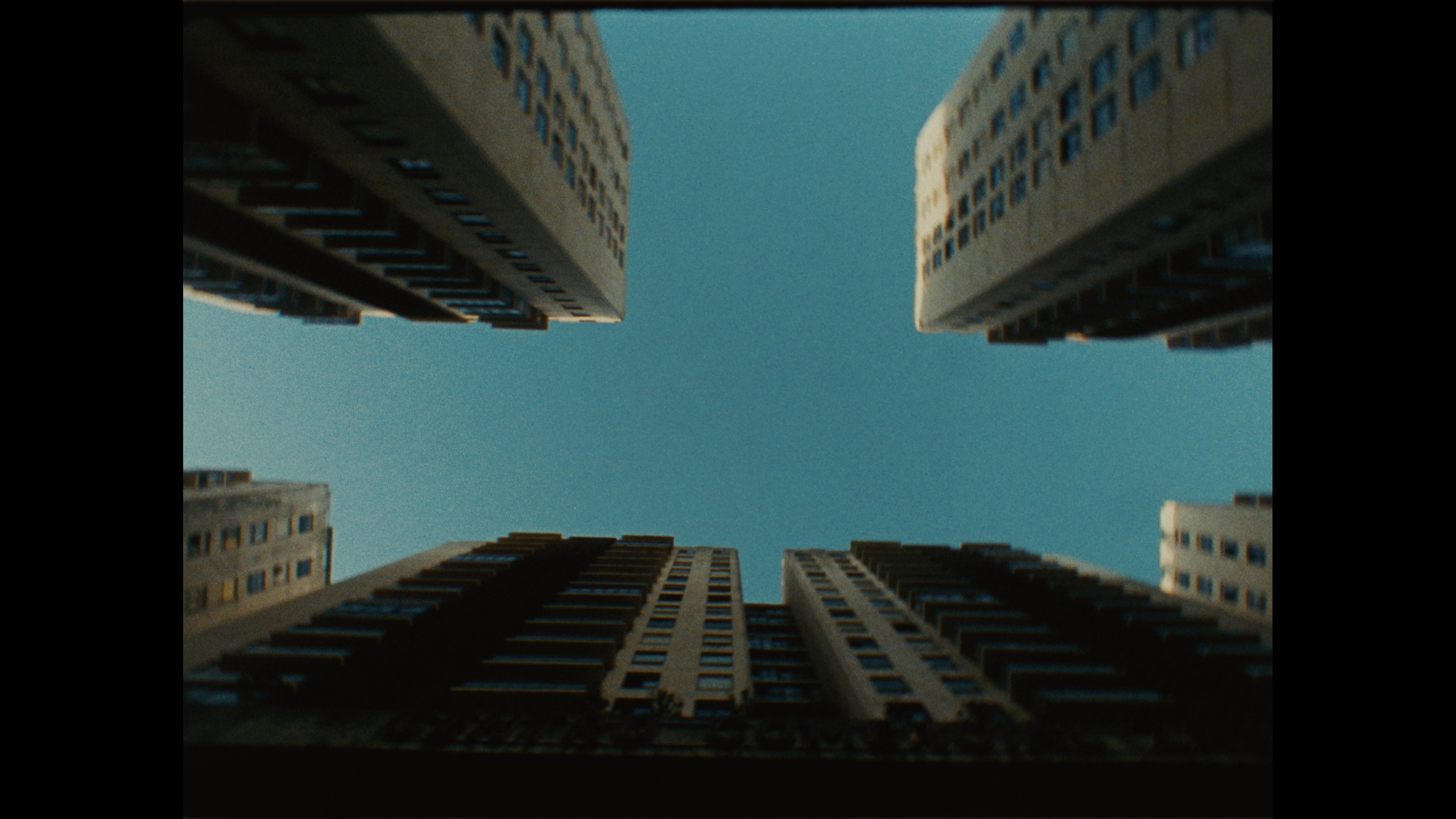
- During the de-confinement, a banner “Aurrera Bilbao” was hung on the balcony of the City Hall of Bilbao, with the intention of encouraging the citizens the first days we went out to the street. Their humility and the gray letters conveyed to me that we had to walk between the ashes before animating them. Bilbao seemed like a purple field and we, the citizens, had to learn to move between waste. This situation has put on the table the need to rethink the city, and that is what Zinebi has sought with the call Bilbao Aurrera. The six papers selected were presented in two sessions.

What will happen when the city becomes a desert? We're framed in us and we're going to give way to creativity, is it the moment of magic or maybe loneliness will wipe us out? What is living in the city, but not being able to live the city? These are the questions raised by Paula Gómez and Aitane Goñi in her beautiful and elegant work Harria eta Bidea. A young man will comfort himself in a house in Bilbao with the objective of living and feeling his body. In addition to becoming aware of the body, self-confinement confers the protagonist consciousness of loneliness and death. The body will be its territory, where streets and buildings will be drawn. Bilbao will be just a background image. The city will become even more desert until it vanishes. There will be no cities or inhabitants. Only death. J.G. The British writer Ballard warned of the danger of skyscrapers in the novel High-Rise and it seems that both authors are based on the idea that being confined between cement walls will make us inhumane.
'Aurrera Bilbao'
Zinebi 2021 When:
8 April
Where: Alhóndiga Bilbao
The second short film of the program was a collective work led by Olaia Nogales, based on a poem by Miren Agur Meabe and produced with the contributions of 50 people. The participants took photos to the streets of the city and with the material collected they have made a tour of the city. The result has been similar to the psycho-geographical spirit carried out above the rails. Subject to the rope launched by the authors and leads the viewer through the corners they choose.
The latest work has been carried by Larraitz Zuazo and Ane Rotaetxe from a short film to an hour-long documentary. It analyzes how the four artists (Gari, Erlea Maneros, Katixa Agirre and Ainhoa Artetxe) have lived the ego of confinement and the pandemic and how they will address their previous challenges.
Rethinking the postpandemic city is as difficult as it is necessary. Grief is difficult because we have not yet had time to live, as Katixa Agirre said. And it is necessary because, rather than living in the city, we have to live the city, as Paula Gómez and Aitane Goñi have pointed out.